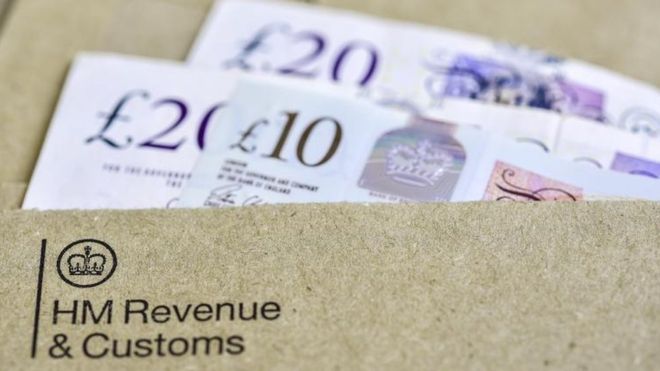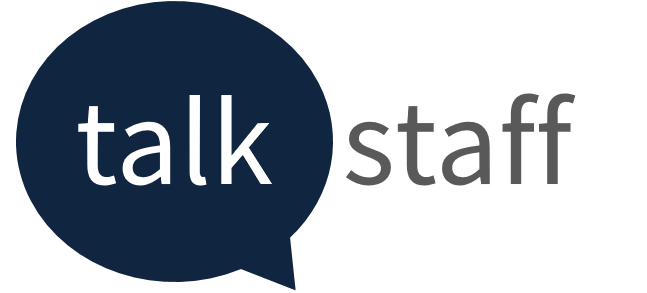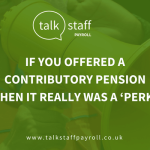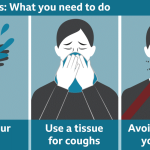- February 13, 2020
- Posted by: Gary Parsons
- Category: Pay, Reward & Benefits

What is Employment Allowance?
You could get up to £3,000 a year off your Employer’s National Insurance (ErNI) bill if you’re an employer, up from £2,000 when it was first introduced back in April 2014.
Have you claimed Employment Allowance? Submit a request for a free review
What changes are being made?
From 6th April 2020, Employers must make extra checks to work out whether they are eligible. A new claim for Employment Allowance (EA) needs to be submitted once each tax year, as claims will not automatically renew each tax year.
Employers’ (secondary) Class 1 National Insurance Contributions threshold check:
- EA can only be claimed if total qualifying employers’ (secondary) Class 1 NICs liability in the previous tax year was less than £100,000
- If you have multiple PAYE schemes or are part of a connected group of companies, the Employers’ (secondary) Class 1 NICs liabilities of all companies, and/or PAYE schemes, needs to be added together to assess eligibility for EA.
- The allowance can only be claimed once across all your PAYE schemes and connected companies. You’ll need to decide which one PAYE scheme to set the claim against.
- By targeting the allowance in this way, it means that EA will be operated as de minimis. State aid.
De minimis State aid rules will apply if businesses engage in economic activity, this means providing goods or services to the market, this will apply to most businesses.
Extra checks will be required, if businesses have received de minimis State aid from other sources.
Employers must ensure that the relevant threshold for their business sector is not exceeded by receiving EA.
Last Updated on 8 months by Gary Parsons





